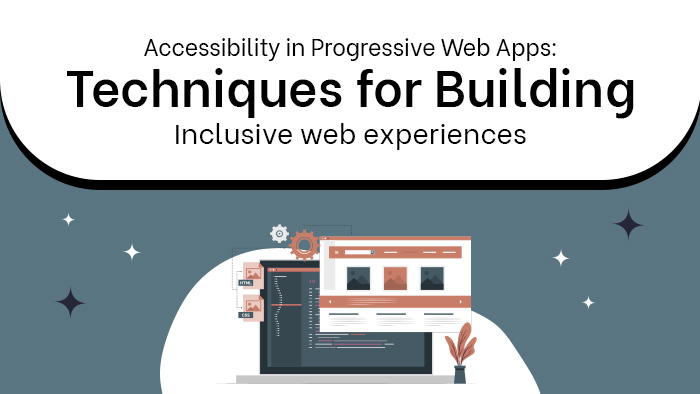Why would I need a desktop application instead of a web application?
A desktop application offers several advantages over a web application, depending on your specific needs. Unlike web applications, desktop applications do not require an internet connection to function. They provide faster response times, higher performance, and better security. Desktop applications can also utilize the full capabilities of a computer’s hardware, allowing for more advanced features and functionalities. Additionally, they offer offline capabilities, more control over data storage, and a consistent user experience. However, web applications have the advantage of being platform-independent and easily accessible from any device with a web browser.
